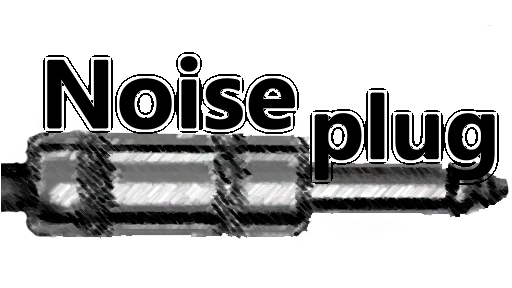(2 min read)
In my early years as a producer and mix engineer, I spent countless hours trying to find and create the cleanest sounds possible – all for my mixes to fall flat compares, I’ve found that the cleanest mixes often embrace noise. A subtle layer of distortion or noise can enhance clarity, particularly in bass and low-mid instruments, where pure tones can feel weak. It’s a psychoacoustic trick: a touch of chaos sharpens perception.
Why Noise Works
Hearing is contrast-based. A pure sine wave at 60Hz might look clean but sound lifeless in a mix. Introduce harmonic distortion or subtle noise, and suddenly that bass has presence. Distortion generates overtones that help the ear locate and define the fundamental frequency. When used in small amounts, sound designers often call it saturation rather than distortion.
Listen to these two guitars: (all audio placeholders, update when recorded)
Now listen to them in context
Which one sounds better to you? Believe it or not, these guitars are the same peak volume. Enjoy your “free” headroom.
Downsides & Solutions
Too much noise ruins individual sounds and muddies the mix. Here’s how I counter that in my plugins:
- Frequency-Selective Distortion – Enhances only low mids or bass, keeping highs clear.
- Parallel Processing – Blends clean and affected signals strategically.
- Dynamic Noise Injection – Adds noise only when needed, keeping quiet passages clean.
- Psychoacoustic Shaping – Models analog EQ curves to boost just the right harmonics.
Controlled Chaos
Every plugin I develop incorporates noise or distortion in some form—not as a gimmick, but as a tool. A whisper of tape-style hiss or a thin layer of saturation can bring mixes to life. While most plugin developers strive for the cleanest signal possible, they leave you with the task of adding the energy the mix needs to be exciting. The best way to polish your sound? Sometimes, it’s adding a little dirt.ke shape.


13 responses to “The paradox of Noise: Why Dirtying Your Sound Can Make It Cleaner”
acheter kamagra nouvelle zélande
comment obtenir une prescription de kamagra
online order enclomiphene no prescription overnight delivery
cheap enclomiphene generic new zealand
cheapest place to buy androxal online
how to order androxal purchase toronto
get flexeril cyclobenzaprine cheap new zealand
discount flexeril cyclobenzaprine usa cheap
free dutasteride
how to order dutasteride generic effectiveness
buy gabapentin cheap united states
discount gabapentin cheap wholesale
buying fildena american express
brand fildena online
purchase itraconazole generic in us
itraconazole overnight without prescription
purchase staxyn canada how to buy
generic staxyn in the united states
order avodart cheap uk
buying avodart cost effectiveness
get rifaximin generic pharmacy online
buy rifaximin generic cheap
buy cheap xifaxan generic available in united states
xifaxan generic canada
koupit kamagra online bez lékařského předpisu
koupit kamagra přepravě přes noc